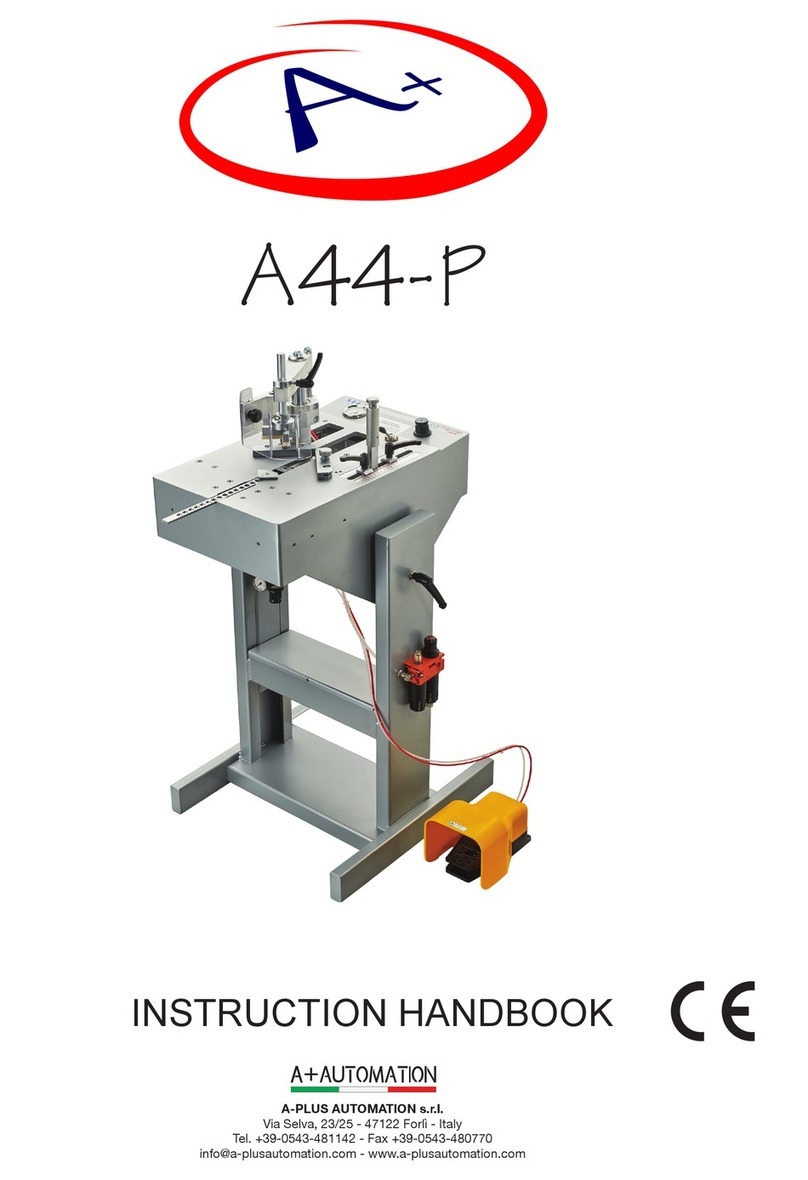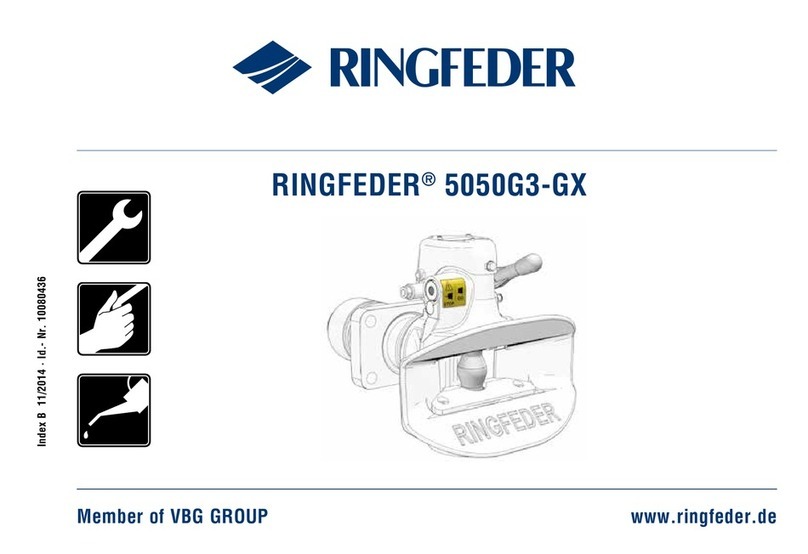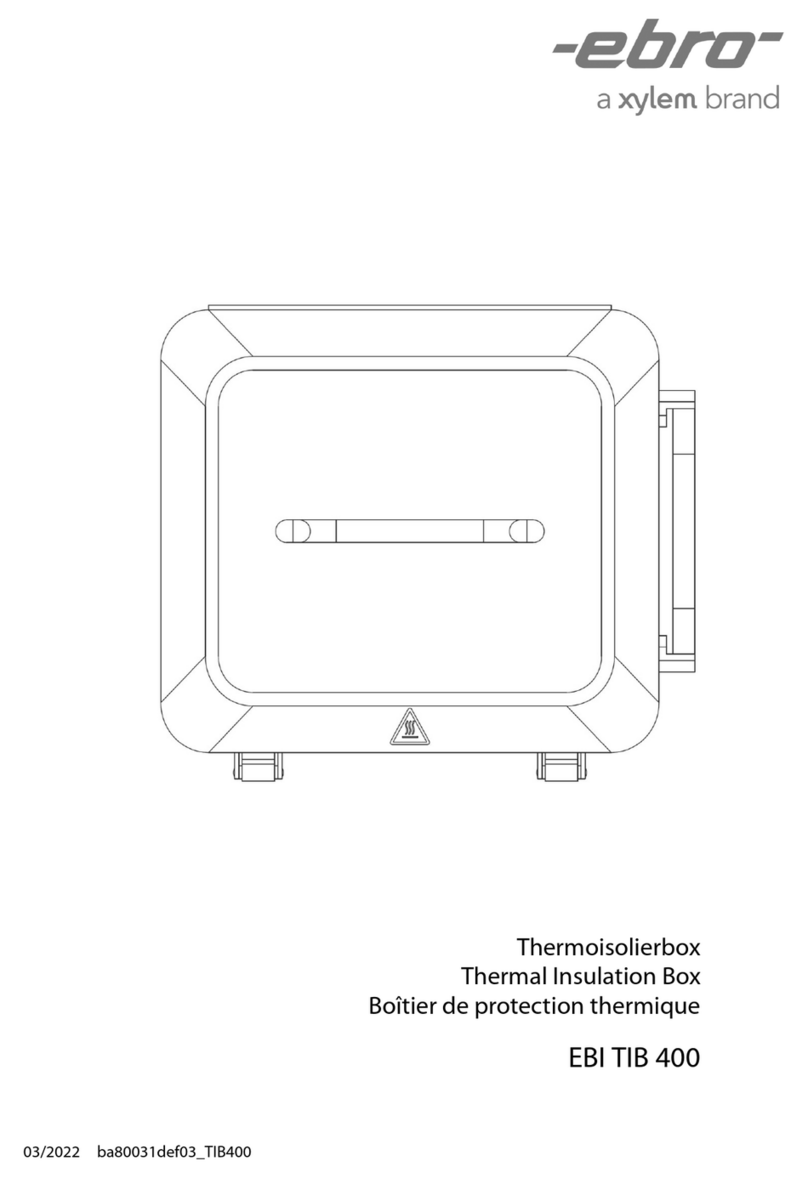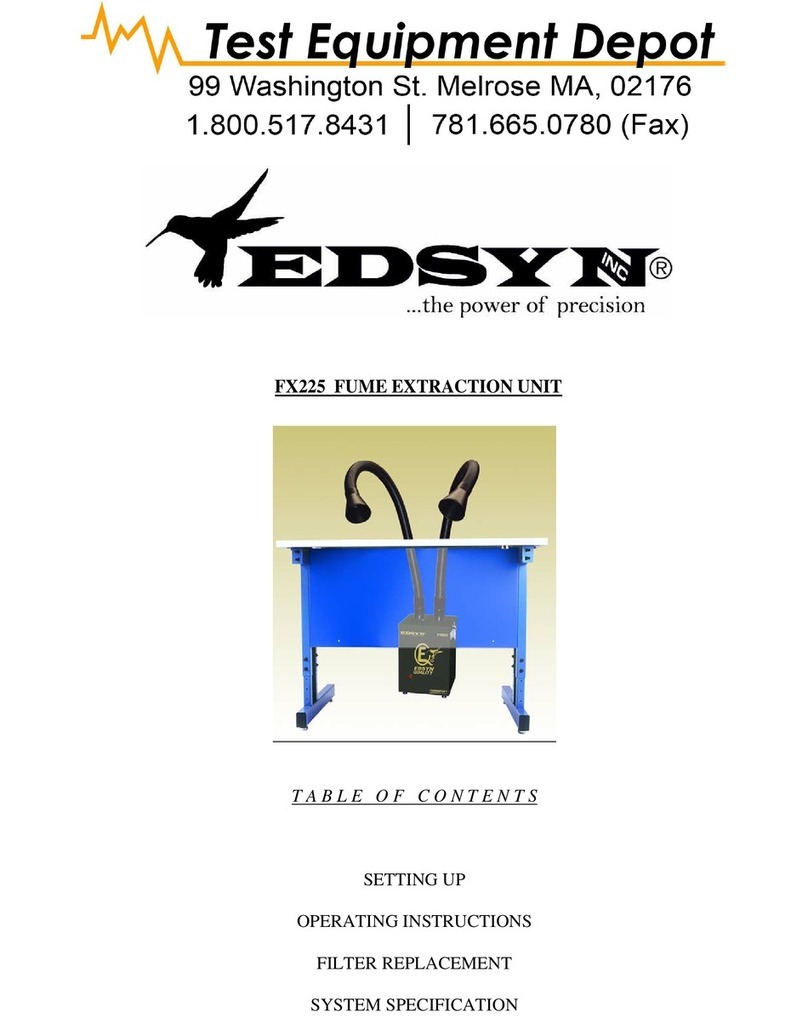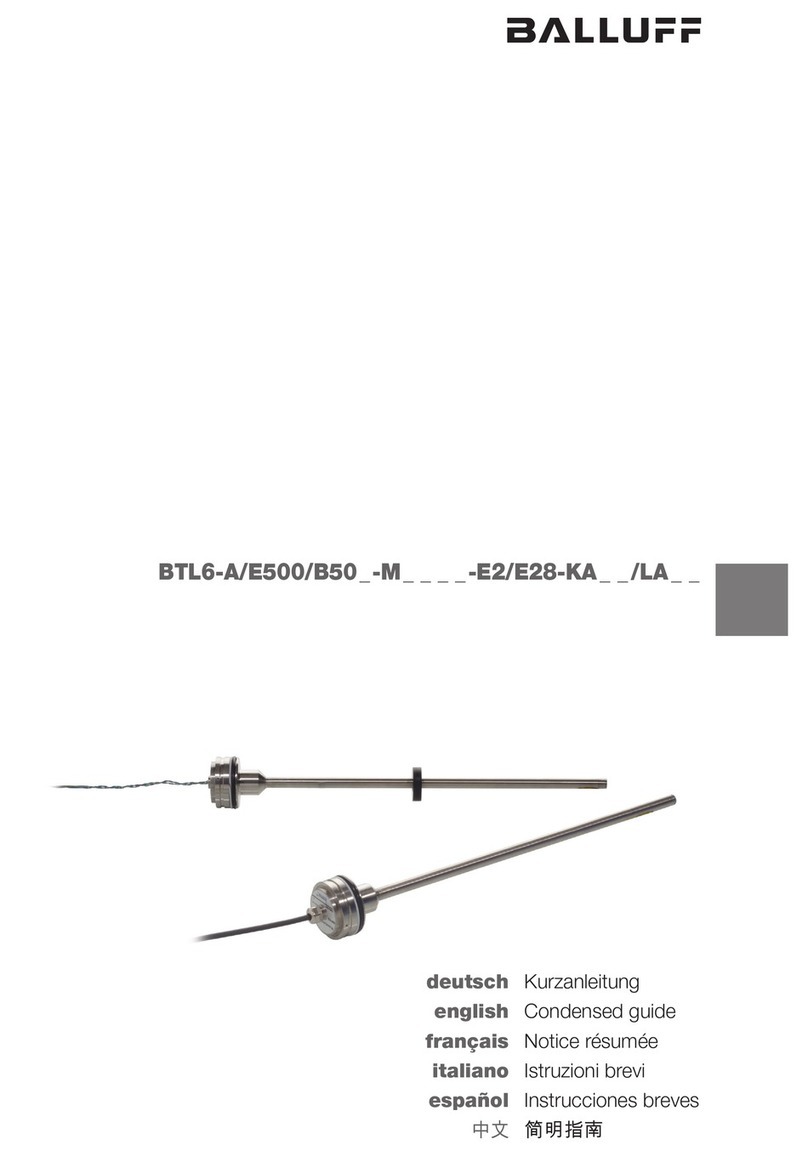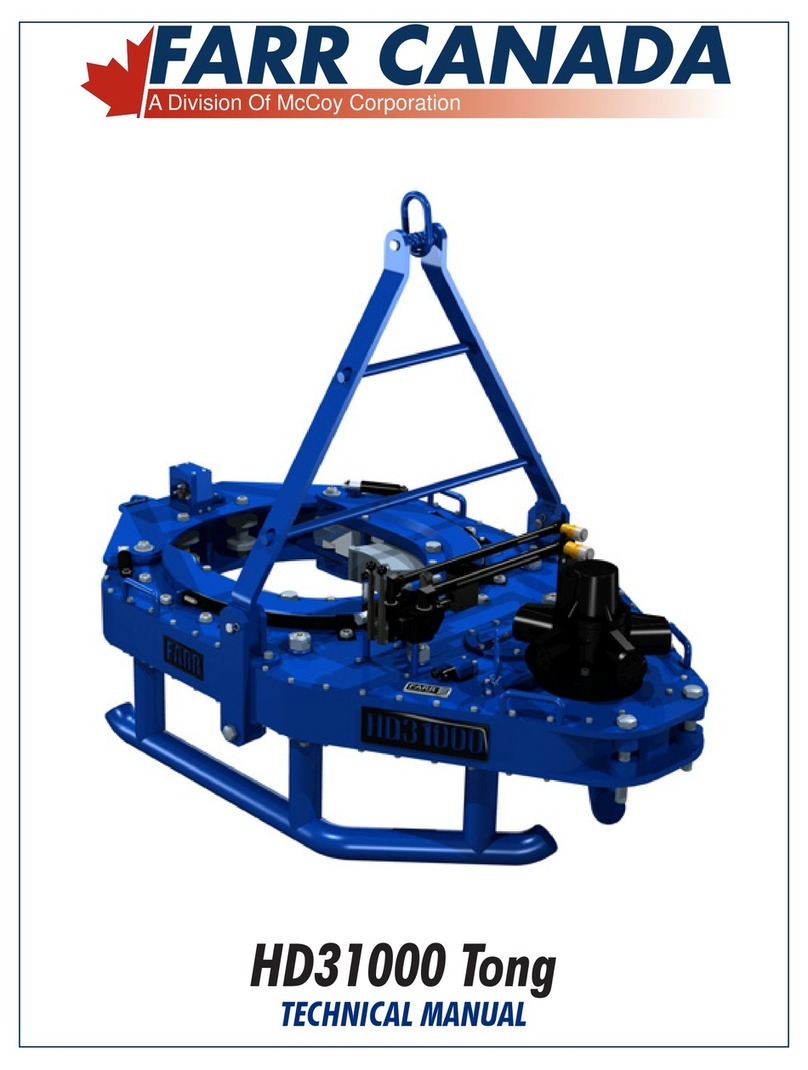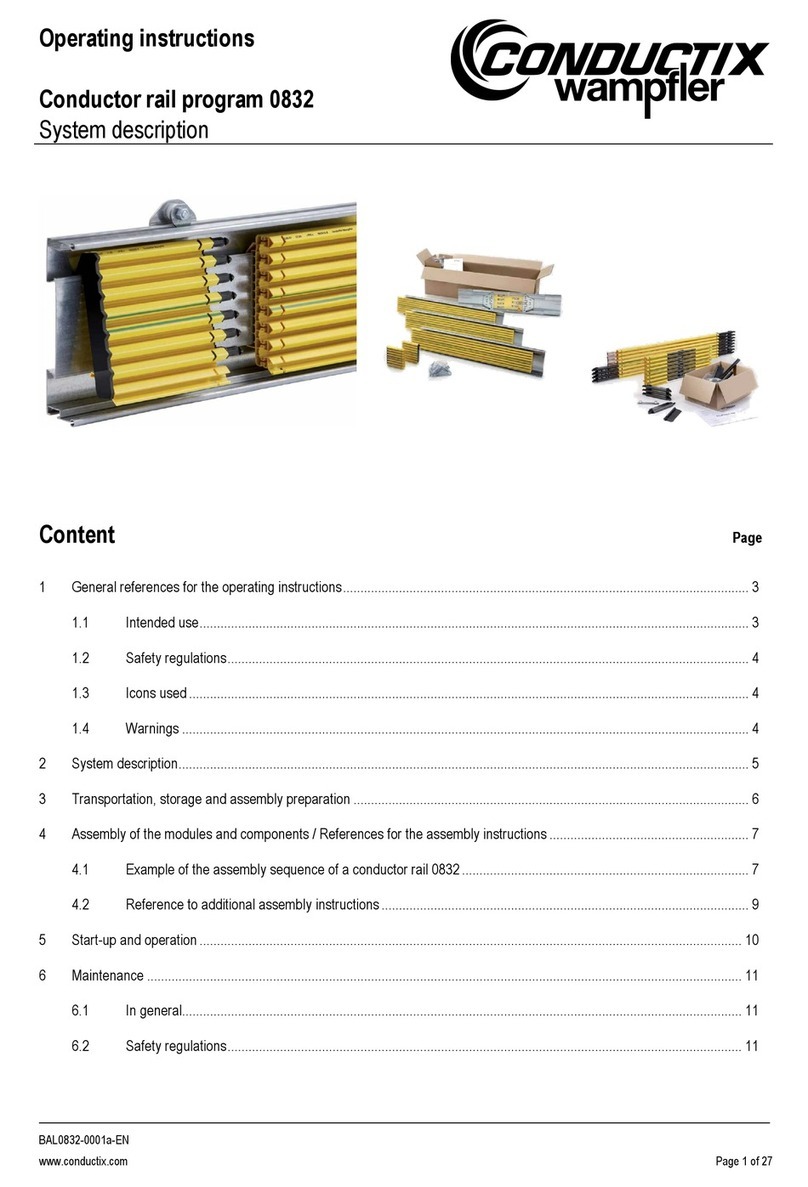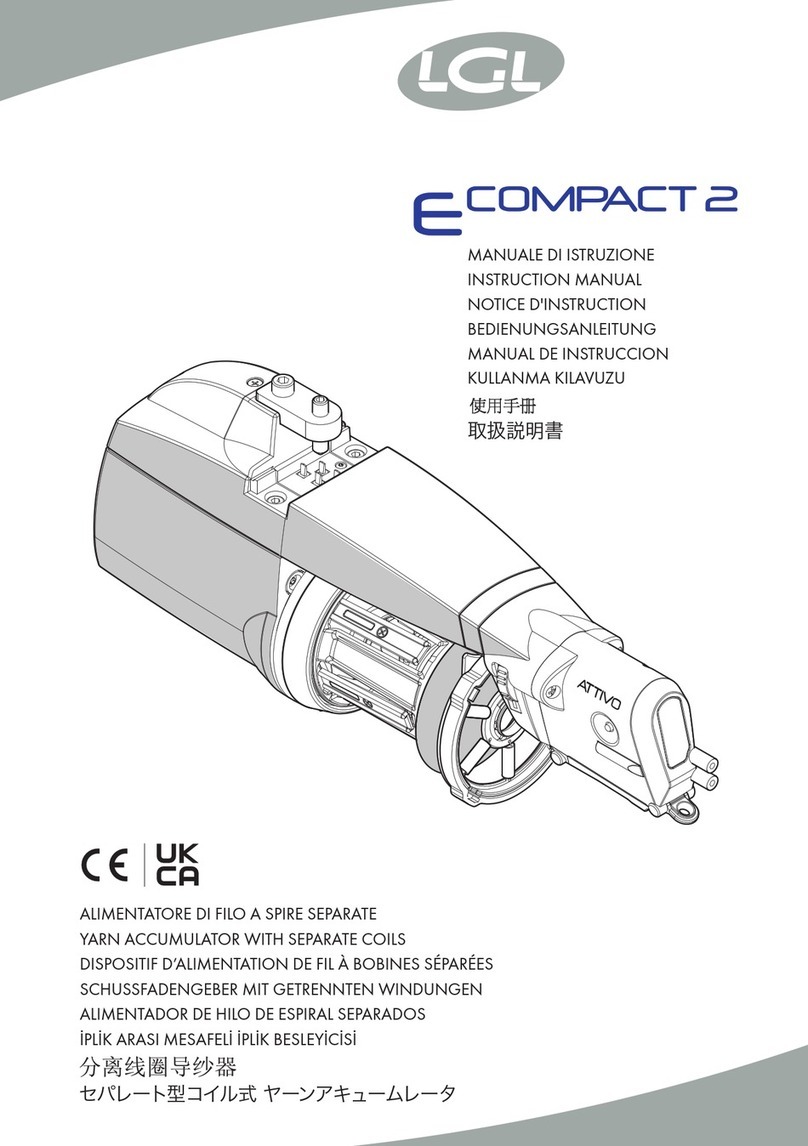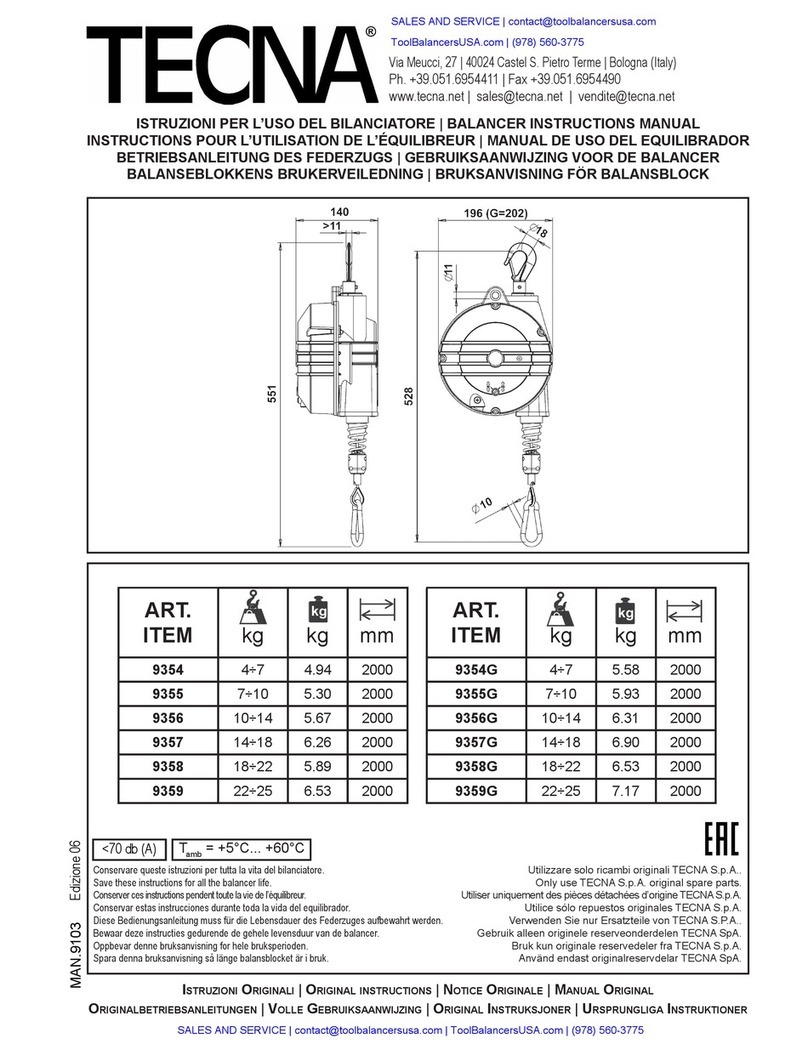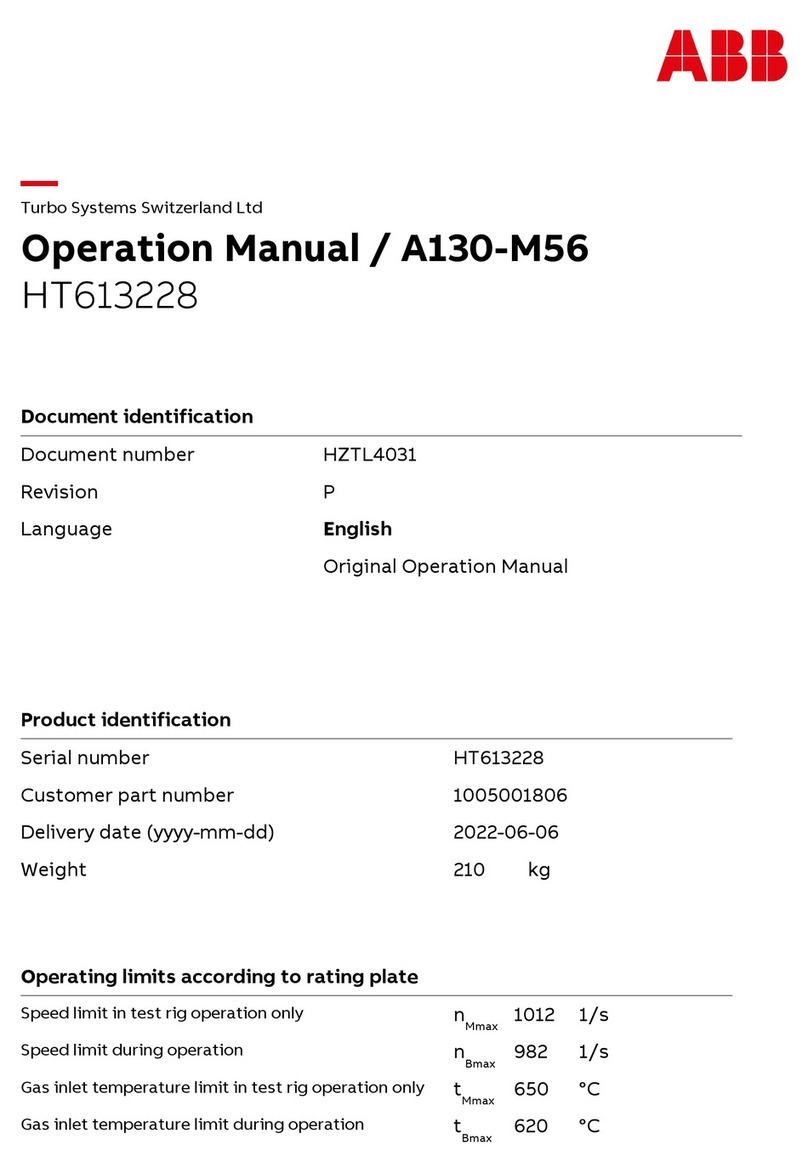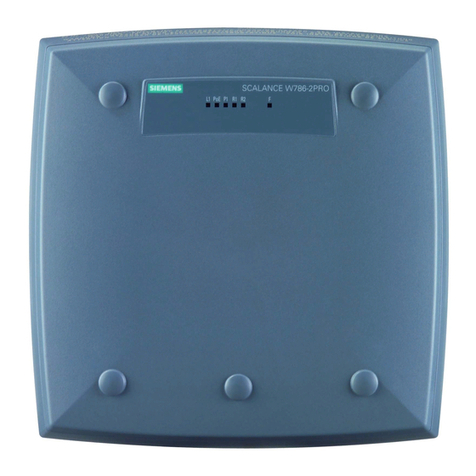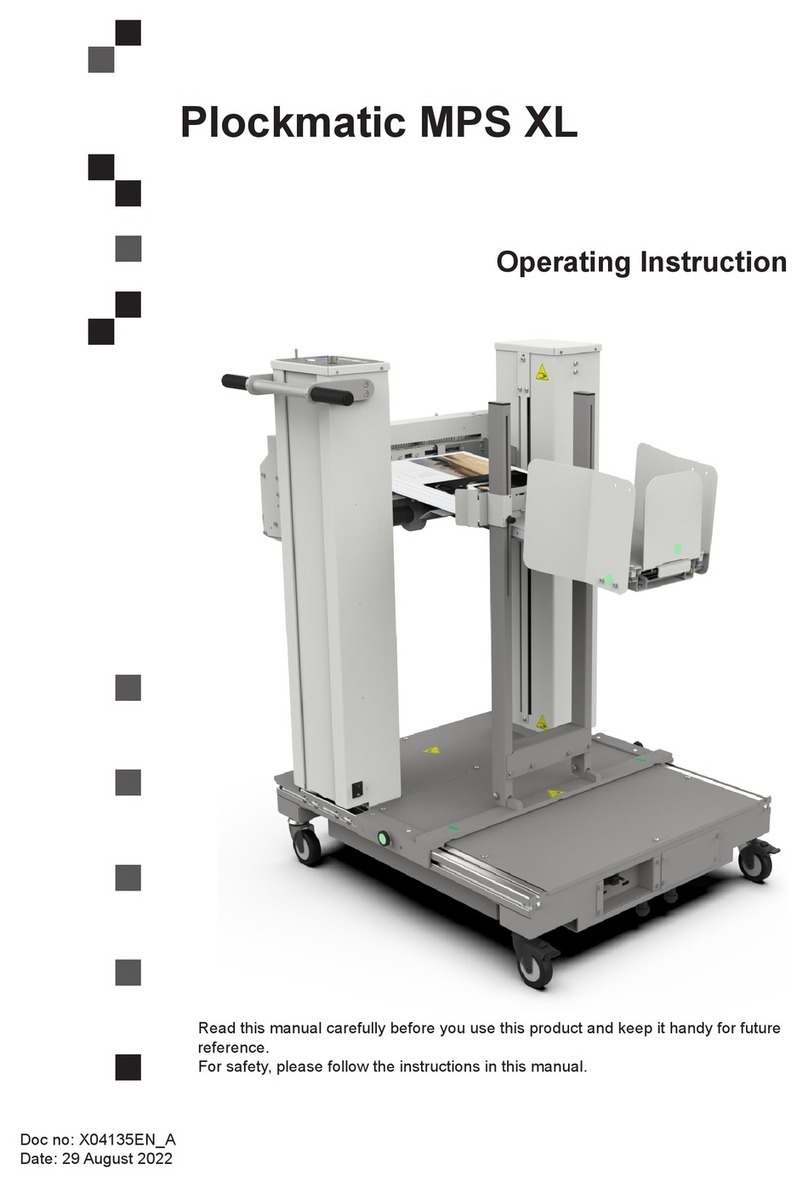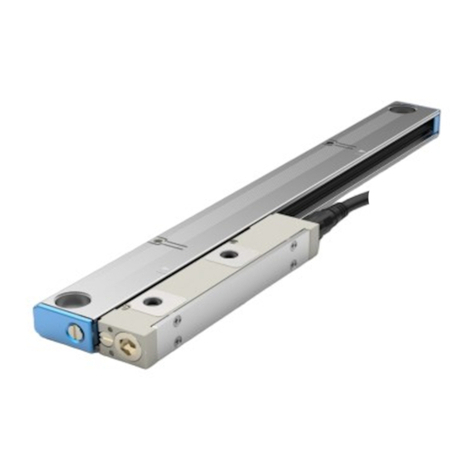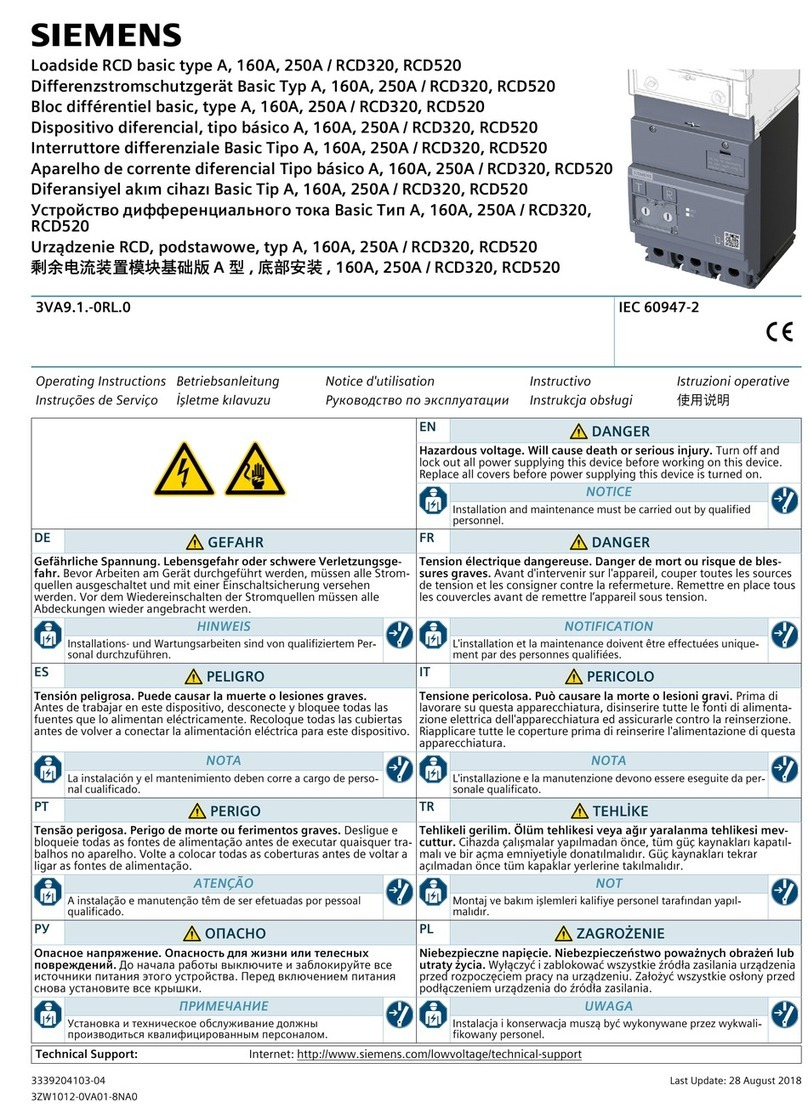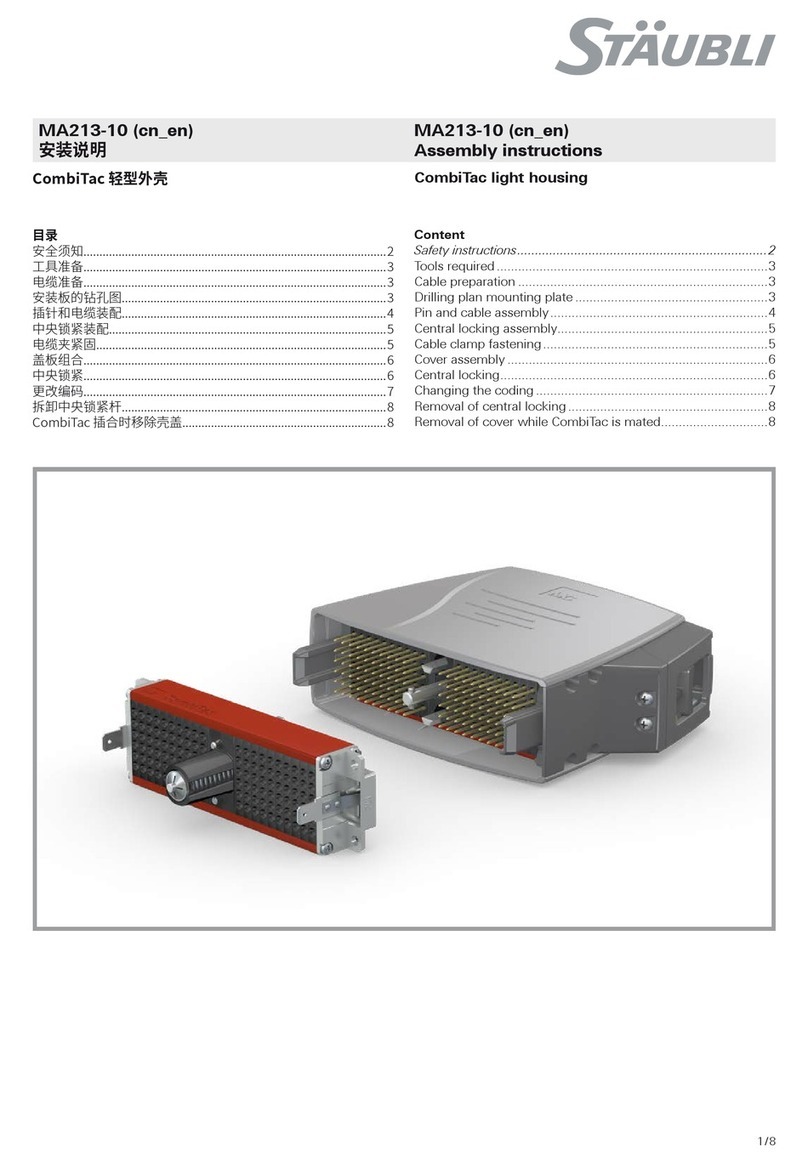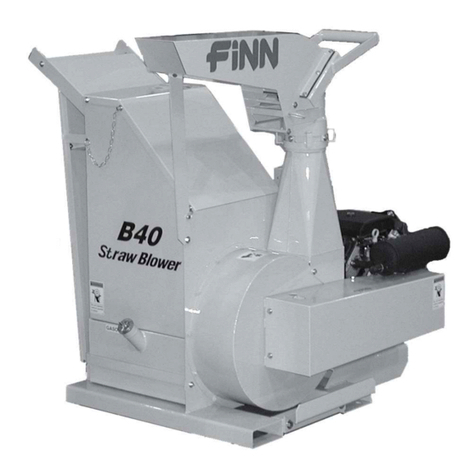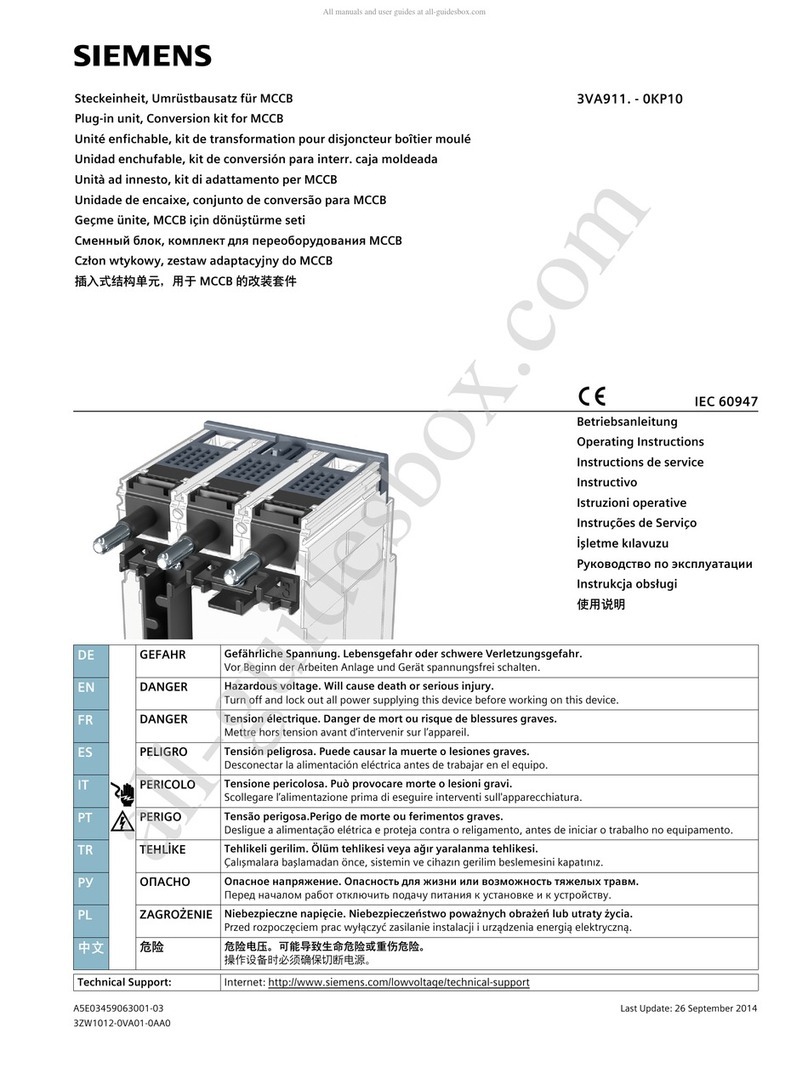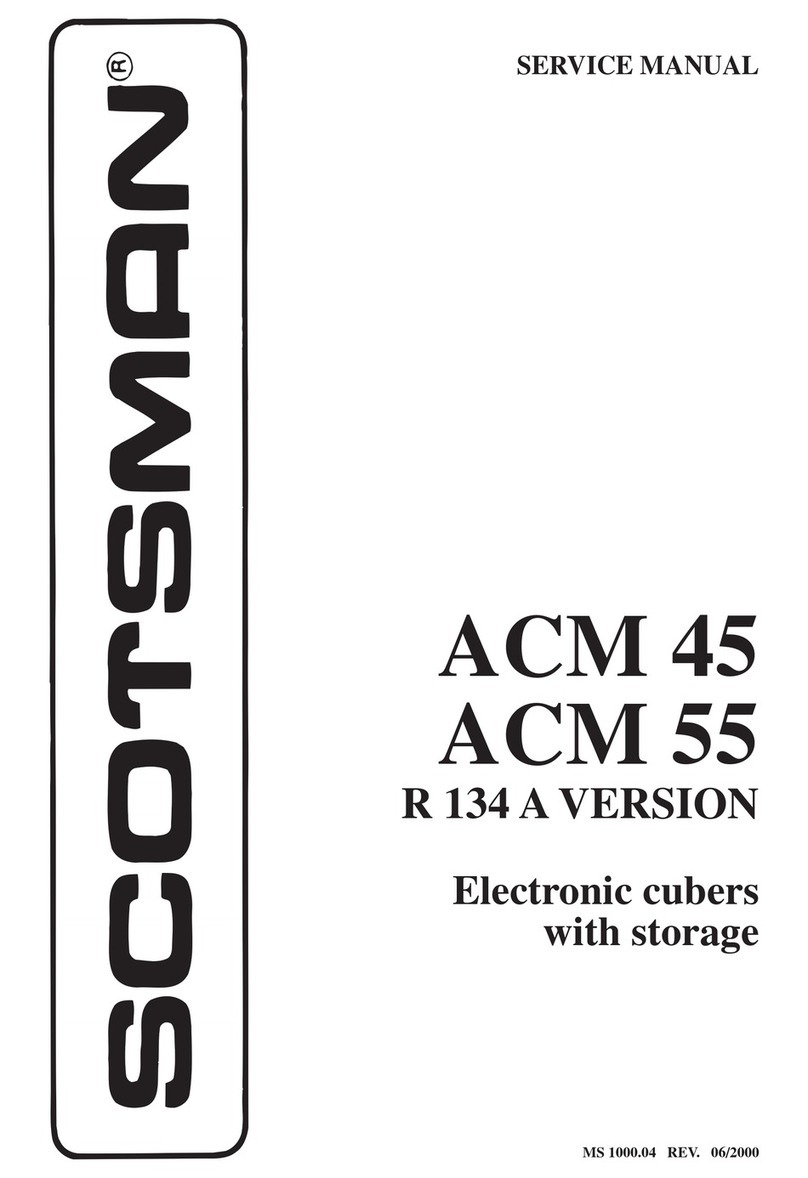A-PLUS AUTOMATION A1-M-XL manual

INSTRUCTION HANDBOOK
A-PLUS AUTOMATION s.r.l.
Via Selva, 23/25 - 47122 Forlì - Italy
Tel. +39-0543-481142 - Fax +39-0543-480770
A1-M-XL

2
A1-M-XL
Table of Contents
1. GENERAL INFORMATION ............................................................................................ 4
3. SAFETY .......................................................................................................................... 8
4. INSTALLATION .............................................................................................................. 9
5. FUNCTIONING............................................................................................................... 14
6. MAINTENANCE ............................................................................................................. 16
7. DIAGNOSTIC ................................................................................................................. 17
8. SPARE PARTS ............................................................................................................... 18
9. DEMOLITION................................................................................................................. 18
10. ATTACHMENTS ............................................................................................................. 18

3
A1-M-XL

4
A1-M-XL
1. GENERAL INFORMATION
1.1 MANUFACTURER AND MACHINE IDENTIFICATION PLATE
The identication plate illustrated is axed directly on to the machine. The plate contains all identication details and
indications necessary for safe operation.
1.2 TECHNICAL SERVICE REQUEST PROCEDURES
For any requirement, please contact the Manufacturer’s Customer Service.
For any request for technical service, list the data on the identication plate, the approximate number of hours the
machinery has been used and the type of malfunction.
1.3 CERTIFICATION
The machine is produced in conformity to the pertinent European Community Norms in force at the moment of
its introduction on the market.
1.4 WARRANTY
The replacement of defective parts is warranted (counting from the date written on the delivery bill) for a period of:
• Mechanical components - 24 months
The driver blade is tested for more than 1.000.000 working cycles.
The Warranty does not include sending of technical sta. The repair will be performed at A-Plus Automation’s facility
and the freight of shipment will be entirely charged to the Customer. The warranty does not cover the damages
caused by an inappropriate use of the machine or not corresponding to the instructions described in this handbook.
The warranty decays in case of unauthorized modications or because of accidental damages or tampering
performed by unqualied personnel. The warranty also decays if you use wedges dierent from the original special
steel A+ ones. To take advantage of warranty services it is necessary, at the moment you receive your machine to
completely ll out the warranty card and send back as soon as possible to A-Plus Automation. The warranty will
be valid after it is received & recorded at A-Plus Automation.
1.5 PRE-ARRANGEMENTS CHARGED TO THE CUSTOMER RESPONSIBILITY
It is the customer’s duty, on times agreed with the manufacturer, to execute what is indicated in our documentation.
Things normally charged to the customer:
• Premises predisposition, included building works
1.6 PURPOSE OF THE MANUAL
The manual herein, part and parcel with the machinery, has been designed and built by the manufacturer with the
purpose to supply the necessary information to the persons authorized to operate the machinery during its useful life.
As well as adopting an appropriate utilization technique, the recipients of the information must read and strictly
apply them. This information is supplied by the manufacturer in its own language (Italian) and may be translated
into other languages to satisfy statutory and/or sales needs. A time dedicated to the study of this information, will
permit the user to avoid health and safety risks to personnel and economic loss. The translation in the language of
the country of use, supplied by the manufacturer, its representative or whoever brings the machine to such linguistic
area, must be carried out from the “ORIGINAL INSTRUCTIONS” and must display the phrase “TRANSLATION OF
THE ORIGINAL INSTRUCTIONS”. In the event that the manual herein contains additional information concerning
the ttings of the machinery, said information does not interfere with the reading of the manual.
Keep this manual for the entire duration of its useful life in a well known and easy to access place, available for
reference any time the need should arise.
The manufacturer reserves the right to make modications with no obligation to supply a prior notication.

5
A1-M-XL
1.7 SYMBOLS
SYMBOL MEANINGS
DANGER Indicates situations involving great hazard risks which, if overlooked, could
put people’s health and safety in great danger.
WARNING Indicates technical information of particular importance which must not be
overlooked.
INQUIRY The user is requested to check the proper positioning of any element of the
machine, before operating a certain command.

6
A1-M-XL
2. MACHINE DESCRIPTION
2.1 WORKING PRINCIPLE
The manual Frame Assembling Machine A1-M-XL has been realized for the production of frames.
The A1-M-XL being of simple construction and extremely easy to use, makes it possible to join with absolute
precision any kind of moulding by using special steel A+ wedges to realize molding joints.
2.2 MAIN COMPONENTS
The main components constituting the machine are:
• Dual stage mechanical operating foot pedal that activate the vertical clamping device to allow a proper locking
of the mouldings and the nail insersion in dierent positions
• Magnetic pressure pads of several types, at quick replacement, to have the proper clamping of any prole
• Manual opening of the nail magazine for a very quick reloading
• Nail heads sizes 7, 10 and 15 mm.
2.3 AXIS
- Z AXIS
Movement of vertical clamp.
Picture 2. 1 A - Movement directions
2.4 AMBIENT CONDITIONS IN THE INSTALLATION AREA
The installation area must have adequate environmental conditions.
The installation area must meet the following requisites.
• Adequate lighting to European standards (recommended 250÷650 lux)
• Well ventilated rooms
• Adequate relative humidity and temperature. The permitted temperatures go from 5° to 40° C, with a humidity
level not higher than 50% at 40° C or 90% at 20° C.
• The oor, as well as having an adequate load capacity for the machine weight, must be stable and levelled in
order to guarantee a correct support.

7
A1-M-XL
2.5 VIBRATIONS
In standard conditions conformed to the indication of machine proper utilization the vibrations do not create
dangerous conditions. The average quadratic weighed level, according to the acceleration frequency to which
arms are exposed does not exceed 2,5 m/s2.
2.6 NOISE EMISSIONS
In standard working conditions the Machine noise power level is:
• Acoustic Continuous Equivalent weighed pressure A <70dB
• Acoustic Istantaneous weighed pressure level <130dB
In case of any machine modication, the above mentioned levels could be changed.
2.7 TECHNICAL DATA
Frame Height (min. max.): mm 6-80 / 1/4” - 3 5/32”
Frames Width (min. max.): mm 6-70/ 1/4” - 2 3/4”
Storage capacity: n. 220
Standard Wedge size: 7mm - 10mm - 15mm
Optional Wedge size: 3mm - 5mm - 12mm
Weight: approx. 50 kg / 110 lbs
Height of work bench: 1000mm / 39”
Overall dimensions: 400mm x 500mm x 1410mm
15 3/4” x 19 11/16” x 55 33/64”
2.8 EQUIPMENT SUPPLIED
The equipment listed below are the standard ones:
2.8.1 Standard accessories
Once you have removed the packaging, please check the presence of the following accessories:
• N.1 nail head mm. 7
• N.1 nail head mm.10
• N.1 nail head mm.15
• N.1 L shaped pressure pad
• N.1 Rounding pressure pad
• N.1 Allen Wrench 5 mm. for nails head replacement
• N.1 Brass rod magnet to remove nails
2.8.2 Optional accessories
This machine can be ‘custom-made’ to meet our users’ requirements, by using additional accessories that can make
frame assembling easier: e.g. special fences for peculiar moulding shapes, special clamps to ensure the mouldings
are locked properly during wedge ring, and so on. You can have your local machine shop make these for you.

8
A1-M-XL
3. SAFETY
3.1 GENERAL WARNINGS
• The manufacturer, during the design and manufacturing stages, has paid special attention to the aspects that
might jeopardize the safety and health of the personnel that operates the machinery. As well as the compliance
with current regulation on the matter, the manufacturer has adopted all the “rules of good craftsmanship”.
The purpose of this information is to make the user aware to pay special attention in order to foresee any risk.
There is no substitute for carefulness. Safety also lies in the hands of all operators that work on the machinery.
• Carefully read the instructions of the manual supplied with the machinery and the ones directly tted on the
machinery, especially the ones concerning safety. Time dedicated to the study of this manual will prevent un-
pleasant accidents; it is always too late to remember what should have been done when it has already happened.
• Pay attention to the meaning of the symbols of the plates tted on the machinery; their shape and colour are
important for safety purposes. Keep them readable and comply with their information.
• Do not tamper with, do not dodge, eliminate or bypass the safety devices installed on the machinery. The
non-compliance with this requirement may cause serious risks for personnel’s safety and health.
• The personnel that carries out any type of operation during the entire useful life of the machinery must have
specic technical competence, special skills and experience acquired and acknowledged in the specic sec-
tor. The lack of these requisites may jeopardize the safety and health of personnel.
• During operation only use the personal protection clothes and/or devices listed in the instructions supplied by
the manufacturer and the ones provided for by current regulations on safety at work.
• During the normal use or for any intervention, keep the surrounding area in adequate condition, especially the
one accessing the controls, in order to avoid jeopardizing the safety and health of personnel.
• The operator, as well as being adequately informed on the use of machinery, must possess skills and compe-
tence adequate to the type of working activity to perform.
The machine must only be used for the applications intended by the manufacturer. Only use the machinery for the
purposes intended by the manufacturer. The employment of the machinery for improper uses may cause risks to
the safety and the health of personnel and economic loss.
• Provide appropriate containers to stock the pieces you will be working with.
• Keep your foot o of the pedal during Machine maintenance
3.2 SCHEDULED USE
The Machine is designed and built to execute junctions of frames.
The machine is projected for manual use only (under operator control).
3.3 INADVISABLE USE
The machine can not be used for:
• For uses dierent from those listed in 3.2 paragraph
• In an explosive or aggressive atmosphere, where there is a high density of dust or oily substances suspended
in the air
• In ammable atmosphere
• Outside in all weather severity
• For laths to be joined not suitable with machine characteristics.
3.4 DANGEROUS AREAS
• Working area Area of frames assembly.
• Dangerous areas include the movable parts and surrounding zones.
Figura 3.4.A - Zone Pericolose
Dangerous Area

9
A1-M-XL
3.5 SAFE WORKING PROCEDURES
The machine is projected and realized to eliminate any risk connected with its use.
The user is requested to achieve an adequate training to be instructed by their distributor.
The other risks related with working are:
• Finger crushing in the vertical clamp working area
It is necessary to carefully adhere to the following instructions:
• Keep the ngers away from vertical clamp working area
• Keep the foot away from the pedal during machine maintenance.
3.5 RESIDUAL RISKS
During the normal working cycle and while maintenance, the operators are exposed to several residual risks that,
because of operations own nature, can not be totally eliminated.
• Risk of nger crushing due to the presence of vertical clamping
4. INSTALLATION
4.1 HANDLING AND INSTALLATION
The personnel in charge of loading, unloading and moving the machinery must possess the skills and experience
acquired and acknowledged in the specic sector, and must thoroughly know the lifting means to be employed.
The machine has to be shipped in a safe way to avoid any damage to its parts.
• All the protections and guard devices must be properly closed and locked.
• According to the type of shipment, it is necessary to protect the machine from any jarring impact or stress
Picture 4.1A – machine handling indications
Machine total weight: about 50 Kilos / 110 lbs
Lifting must be done by using a specic device.
4.2 WAREHOUSING AND STORAGE PROCEDURES
• In order to avoid that the components cause dangers or are damaged, the storage area must be covered
(preferably a closed area) and accessible only for authorised personnel.
• Avoid corrosive materials that could touch the machine
• Lubricate the parts which are not painted

10
A1-M-XL
4.3 UNPACKING
According to the installation requirements, the personnel authorised by the manufacturer will unpack the components
in the most suitable way and will check their integrity.
Keep all packages (cases, pallets, etc.) for future use and dispose of the protection materials (nylon, polystyrene,
etc.) according to the laws in force.
4.4 PRELIMINARY ARRANGEMENTS
To install the machine it is necessary to prepare a working area adequate to the machines dimensions, lifting
devices chosen and length of mouldings to be worked.
4.5 MACHINE POSITIONING
Position the machine in its working area.
Screw in the provided levelors to the oor stand and level the machine by releasing or tightening the levelors.
4.6 PRELIMINARY ARRANGEMENTS
To install the machine it is necessary to prepare a working area adequate to the machine’s dimensions, lifting
devices chosen and length of mouldings to be worked.
4.6 PRELIMINARY CONTROLS
TBefore setting up the machine, execute checks to prevent mistakes or accidents during setup.
• Verify that machine has not been damageds.
4.7 MACHINE ARRANGEMENT
4.7.1 Wedges magazine loading
• Move backward the claw pusher by pulling backward the nylon
thread and making accessible the Wedges magazine (see pict. 4).
• Insert one or more Wedges sticks, taking care that the sharpened
edge of the Wedges (glue side) faces up and that they are loaded
with the V of the Wedges pointing in the direction indicated in the
Pictures 5 and 6;
• On the top of that check the Wedges size is suitable with the type
of claw head mounted.
• Move forward the claw pusher by releasing the nylon thread (see
pict.4))
Figura 4
Figura 5
Figura 6

11
A1-M-XL
4.7.2 Nail guide head replacement to change Wedges size
The nail guide head must be changed each time you use Wedges of dierent sizes.
Proceed as follows to replace it:
• Loosen the locking screw of the Wedge guide head us-
ing the proper 5 mm Allen wrench (the screw is on the
opposite side from the Wedges magazine(See pict. 7)
• Take out the Wedge guide head
• Move backward the claw pusher by pulling backward the
nylon thread and making accessible the Wedges magazine
(see pict. 4).
• Remove all the Wedges that are still in the magazine (us-
ing the proper brass magnet, if necessary - see pict. 8).
• Insert the new Wedge stick (of desired size) into the
magazine.
• Move forward the claw pusher by by releasing the nylon
thread (see Picture 7).
• Insert the new size Wedge guide head to match the
Wedges to be used (see pict. 8).
• Tighten the locking screw of the Wedge guide head (see
pict.7).
Picture 7
Picture 8
Picture 9
4.8 ADJUSTMENTS
Being the machine completely tested and checked in A-Plus Automation’s plants before its shipment, the operator
has only to eect the following adjustments:
4.8.1 Wedges inserting positions adjustment
To position properly the mouldings to be assembled, the machine is equipped with a 90° fence.
The fence can be shifted forward or backward in order to allow the proper positioning of mouldings of several sizes.
The fence limits (backward and forward) can be set with precision by means of locking clamps A-B (see pict. 10).
So the operator can easily use the machine to insert Wedges with extreme precision into 2 dierent positions
(pict. 11).

12
A1-M-XL
Picture 10 Picture 11
4.8.2 Vertical clamp adjustment
The vertical clamp can be adjusted in height and position. Proceed as follows to adjust them:
4.8.2a Vertical clamp position adjustment
• Position the mouldings to be assembled on the working bench
• Select the pressure pad suitable with the prole of the moulding to
be assembled and lock it to the vertical bar
• Loosen by means of the over placed handle A (see pict.12) the
clamp that locks the pressure pad bar to allow its shifting forward or
backward up to reach the pressure pad directly in line with Wedge
inserting point.
• Tighten the handle once reached the proper position.
Picture 12
4.8.2b Vertical clamp height adjustment
• Loosen the side clamp (see pict. 13) by means of the handle and
adjust the pressure pad height over the frame (it suggested to reach
an height between 5 and 8 mm. to avoid any accidental ngers
crushing).
• Tighten the handles once reached the proper position
• Lower the vertical clamp by pressing half way the foot pedal to verify
that the mouldings to be assembled are properly locked
• Press full down the foot pedal to insert the Wedge.
Picture 13
A
A
B

13
A1-M-XL
4.9 CHECKING OPERATIONS TO BE EFFECTED BEFORE WORKING START
Once the machine has been properly installed (as previously described), check that:
• The mouldings to be assembled are properly positioned on the working bench
• The magazine is loaded with the type of Wedges suitable with the mouldings to be assembled
• The claw-head corresponds to the wedges size loaded in the magazine
• The adjustment of the vertical clamp is correct (chapter 4.8.2)
• Pressing halfway down on the pedal, the vertical clamp hold the frame properly.
• The adjustment of the inserting position is correct (see Chapter 4.8.1)
After checking the points related to the above operations,
• Press the pedal all the way down to insert the nail
If you want to insert 2 or more nails one upon the other in the same position, you must release
the pedal until halfway and then press it full down again to insert the second nail

14
A1-M-XL
5. FUNCTIONING
5.1 OPERATORS
The machine has been projected to be used by only one operator.
• The operator, as well as being adequately informed on the use of machinery, must possess skills and compe-
tence adequate to the type of working activity to perform.
• Even after being adequately informed, during the rst utilization, if necessary, simulate some operating ma-
noeuvres to identify the controls, especially the ones for starting and stopping the machinery and their main
functions.
• now how to operate in case of emergency , where to nd the individual protection means and how to use
them properly.
5.2 FUNCTIONING DESCRIPTION
The machine has only one possible operating mode:
• Manual mechanic functioning by using the mechanical foot pedal.
Press the pedal half way to get the frames clamping
Press the pedal full down to get the Wedge ejection.
To eect a junction, you must operate as follows:
1. Set the inserting positions by means of fence locking clamps (see pict. 10)
2. Lean the mouldings on the working bench positioning the fence on the rst inserting point
3. Adjust the vertical clamp height and position (see pict. 12-13)
4. Lock the B lever (see pict. 10)
5. Press half way down the pedal to verify the mouldings proper position and holding
6. Press the pedal full down to insert the Wedge. If you want to insert 2 or more Wedges one upon the other in
the same position, you must release the pedal until half of its stroke and then press again it full down to insert
the second Wedge and so on.
7. Release completely the foot pedal
8. Loosen the B lever (see pict. 10)
9. Shift the mouldings and the fence on the next inserting point and repeat the steps 4,5 and 6.
5.3 TIPS FOR PERFECT JUNCTIONS
a) Wedge types
In order to allow the machine to make excellent quality joints using dierent materials, it has been necessary to
manufacture dierent Wedges types for dierent uses (see attachment B).
Wedges can be classied in three dierent groups:
Material Suggested code
soft materials (wood, soft plastic) SW (green)
for medium materials (wood, ...) MW (gray)
for hard materials (wood, MDF, HDF) HW (red)
b) Assembling positions
It is advisable to operate as follows in order to achieve the best results in terms of junction quality:
• Never drive Wedges near the junction vertex. The minimum recommended distance from the external vertex
is at least 10 mm.
• When you want to make the junction using only one Wedge, the most suitable position is in the middle of the
moulding (see pict. 14)
• In case you want to insert 2 or more Wedges into each junction, we recommend you to insert the most external
one 1/3from the external vertex and the most internal one 1/4from the internal vertex.

15
A1-M-XL
picture 14
5.4 MACHINE STOP
The machine can only work by pressing the mechanical foot pedal. To stop it, lift your foot from the pedal.
5.5 MACHINE REINSTATEMENT
The machine reinstatement is performed by pressing the foot pedal.
A

16
A1-M-XL
6. MAINTENANCE
6.1 STATE OF MAINTENANCE
The maintenance operations must be performed with the machine in the conditions of “Isolation for maintenance”.
6.3 SPECIAL CAUTIONS
During the maintenance or repair operations is suggested to proceed as follows:
• Before starting any operation place a sign “machine under maintenance” in a well visible position.
• Do not use solvents or ammable materials.
• Do not disperse into the environment lubricating liquids that have ozone harmful propellents.
• Do not step on the machine parts, because they have not been projected to sustain the weight of persons.
• Put on a pair of safety glasses.
• Once all the operations are nished replace any parts you removed or opened.
6.4 CLEANING
The machine structure is simple and robust therefore the mechanical parts do not require any special maintenance.
It is advisable to follow the rules listed below:
• Regularly remove glue or other residues from the Wedge head and from the upper part of the driver blade;
• Always keep the wedge magazine clean and without residues.
• Remove any residues from the Wedges guide “L” shaped support.
Do not use water to clean the machine, otherwise metallic parts may rust.
6.5 ROUTINE MAINTENANCE OPERATION
Frequency Ispection Action
Every 1.000.000 wedges shot wedges driver blade Replace
Every 300 working hours Movable parts lubrication Lubricate
Every 5.000.000 wedges shot wedges claw-heads Replace
Every 5.000.000 wedges shot “L” shaped supports (wedges guide) Replace

17
A1-M-XL
7. DIAGNOSTIC
7.1 SAFETY WARNINGS
The interventions must be executed by personnel properly trained and they must take all precautions in order to
avoid accidental starts.
7.2 BREACKDOWN SEARCH
Functional inconveniences (causes/remedies)
TROUBLE POSSIBLE CAUSE REMEDY
Pressing the foot pedal the Wedges
ejection is irregular
Wedges wrongly positioned into
the magazine
• Check that the Wedges sharpened side
(glue side) faces up
• Check that Wedges V vertex is pointing
toward machine’s external side
Guide channels damaged or
jammed
• Check that the guide channels are not dirty
or jammed
Claw head not suitable with
Wedges size
• Check that the number engraved on the
wedge claw head match the Wedges size
Faulty Wedges • Replace the Wedges
Wishing to insert several Wedges
one upon the other in the same
point, they do not stack properly or
tilt during their insertion
Unsuitable Wedges • Replace the Wedges with suitable ones
Poor frames clamping (the
frame moves during the Wedge
insertion)
• Check and reposition the vertical clamp
• Replace the pressure pad with the proper
one
Wore and torn driver blade • Replace the driver blade
Jammed driver blade
• Clean the driver blade’s upper part by
removing any material jamming the upper
prole
7.3 TECHNICAL SERVICE REQUEST PROCEDURES
For any requirement, please contact the Manufacturer’s Customer Service.
For any request for technical service, list the data on the identication plate, the approximate number of hours the
machinery has been used and the type of malfunction.
E_Mail: [email protected]
FAX: +39-0543-480770
Via Selva, 23/25 - 47122 Forlì - Italy
In the USA please contact:
E_Mail: [email protected]
FAX: 248-851-8777
31874 Northwestern Highway
Farmington Hills, MI 48334

18
A1-M-XL
8. SPARE PARTS
8.1 SPARE PARTS LIST
Even though the machine has been submitted to several tests and functional checks, we listed below the
components that we suggest you to have a minimum and sucient set of. This will help guarantee the shortest
possible downtime.
COMPONENT
• NAIL DRIVER BLADE
• NAIL CLAW HEADS
• “L” SHAPED SUPPORT (NAIL GUIDE)
• VERTICAL AND HORIZONTAL CLAMPING
8.2 SPARE PARTS ORDERING
We remind you that only a qualied technician can repair the machine.
Therefore we suggest the intervention of your local distributor or A-Plus Automation Center of Technical Assistance,
which has access to qualied sta, proper equipment and tools, and who uses original spare parts.
To order the above spare parts, send the following data by fax or letter:
• Model of the Machine
• Code of drawing scheme
• Reference number of spare part or group indicated on the mechanical drawing
• Code number of single or group spare part
9. DEMOLITION
9.1 DEMOLITION
When scrapping the machine, group components by chemical composition and dispose of separately in accordance
with applicable legislation.
Do not dispose of non-biodegradable materials, lubricant oils and non-ferrous articles (rubber, PVC, plastics etc.)
in the environment.
10.ATTACHMENTS
10.1 SCHEMES
You can nd here attached the following schemes:
• (A) Sharpening Table
• (B) Mechanic Schemes

19
A1-M-XL
ATTACHMENT D - SHARPENING TABLE
SOFT WOOD HARD WOOD
Height mm Very so
wood
So
wood
Averaged so
wood
Averaged hard
wood
Hard
wood
Very hard
wood
H 03*mm <> <> <> MW MW MW
H 05*mm MW MW MW MW MW MW
H 07 mm SW SW MW MW MW HW
H 10 mm SW SW MW MW HW HW
H 12 mm SW SW MW HW HW HW
H 15 mm SW SW MW HW HW HW
* Wedges available only on custumer’s request for orders higher than 500.000 pcs.
SW Suitable for soft wood such as: Cedar, Pine, Bass, Banak, Obeche, Poplar
Other materials: Vertical Grain MDF
MW Suitable for medium wood such as: Cedar, Cherry, Oak, Ramin, Poplar, Maple, Pine
Other materials: Vertical grain MDF, Polystyrene, PVC
HW Suitable for soft wood such as: Oak, Ash, Hickory, Pecan, Maple, Cherry, Ramin
Other materials: Horizontal grain MDF
In order to stack 2 or more Wedges per junction, use Wedges coded MW or HW.

20
A1-M-XL
SCHEMES B - Mechanic Schemes
A1-M-XL
PRELIMINARY
Table of contents
Other A-PLUS AUTOMATION Industrial Equipment manuals
